The day had finally arrived when we would begin the art competition at Tochi. For a few days beforehand, it was quite stressful. We met several times with the school to make sure they understood what was going to happen and how we needed their help. We bought supplies and I prepped Simon on his role. I was a bit groggy because I had trouble sleeping the night before, but it was a very important day in our project so my energy level was still high. However, things did not turn out as planned.
The day was chaotic to say the least. First of all, it is important to note that we managed to get through the day and some students created some really incredible paintings. Also, we found out after the activities were over that this was the first time in their lives that any of these students had held a paint brush. In hindsight, we should have spread out the painting activity over multiple days to get students warmed up beforehand.
But these technical glitches were minor problems compared to the real underlying issue. A lack of hygiene education at the school. I discovered it while we were at Tochi waiting for the teachers to get organized. We showed up a bit early to see how construction was progressing and to get ourselves prepared for the day’s activities. As it turns out, construction is basically complete! We were just waiting for them to paint it at this point.
But as we were looking on in awe, I noticed a young girl walking out of the old latrines. She walked straight past the hand washing tank and went to class. I called out to her and made hand motions to help communicate my question to her: “did you wash your hands?” She looked at me confused and walked away.
Simon stayed behind to continue talking with the contractor. We had more work to give him so there was a lot to discuss. Our project has been so successful that we managed to attract the interest of Motivation, a group that manages grants from UKAID. Motivation was going to invest another $3,000 – $4,000 in Tochi for accessibility improvements because they saw how incredible the toilet was, but lamented at the state of the classroom ramps. Now Tochi will have both an accessible latrine and accessible classrooms!
Meanwhile, I followed the young girl and looked for Christine, the head teacher. I had mentioned to her earlier that we wanted to give an awareness workshop before the activities began so we could discuss what proper hygiene practices were and give the students ideas about what to paint. I found her in the office just as she was giving out supplies and sending teachers off to their respective classrooms. I hardly noticed that the teachers were walking past me with paper and pencils in hand because I wanted to bring up this issue of hand washing with Christine.
Why were they not using the water tank? Why did students have to walk all the way to the other side of the school compound to use the bore hole to wash their hands? Why not fill the water tank and put soap out there?
Her response to my concern was that they would make sure things were different with the new latrine. I certainly hope so because we have done our best to make it very easy for that change to take place. After harping on this topic for a few minutes, I asked when we could begin speaking to the students. In a bewildered look that clearly indicated she forgot about the awareness workshop, she told me that the students had already begun drawing.
In a slight panic, I asked her what they were drawing and why they had started without us. She said that they wanted to show us the drama and poem they had prepared so they wanted to get through the drawing quickly. She also said they were drawing pictures of the new latrine. Oh no, this was not good.
I ran over to Simon and explained the problem. We decided it was too late to speak to everyone, but we could at least get our message across to half of the school. We went to the upper classes first because they had the best chance to understand what we wanted to communicate and shift gears on their paintings.
We managed to speak to P7, P6, and P5 about good hygiene and inclusion. It took so much time to explain to them what we needed to say and also how to use the paint, that we had no chance of reaching the lower classes. In fact, while we were speaking to P5, the students from the lower classes began to surround the classroom, looking on in curiosity at the older kids as they used paint.
Sadly, the lower classes did not get a chance to paint. They had drawn their pictures instead. Apparently, it is very important to spread out this activity over the entire length of construction and to begin even before ground is broken. One class per day is the maximum speed we should move at. We also need to slowly integrate the teachers by showing them what we mean instead of just explaining it to them.
They did not understand the importance of the painting activity. The reason we had placed so much emphasis on this is because it engaged students to think about how an inclusive and hygienic school environment are inter-related. The story of Ivan and his bullying in the latrines is adequate proof of this linkage.
Regardless, the students were able to create some good pieces. Even the younger children who we didn’t speak to managed to produce some impressive artwork. I wouldn’t say it was a total disaster, but I would say that we learned a lot about how to avoid pitfalls for next time.
After salvaging the painting activity, Simon and I sat under a mango tree as the students prepared to show us their drama and poem. This was a recital for them so they could practice before the Open Day Event on August 10.
We laughed and smiled as they acted out scene after scene. Then when it came time for the poem we realized that actually, hygiene education is still a part of their engagement. Both the drama and the poem emphasized hand washing and other hygienic practices, like cleaning the latrines. There was still hope that the school would be changed as a result of our program.
We concluded the day by enjoying a traditional Acholi dance and music performance. After all, a community gathering just wouldn’t be complete without one!
Posted By Josh Levy
Posted Jul 26th, 2015


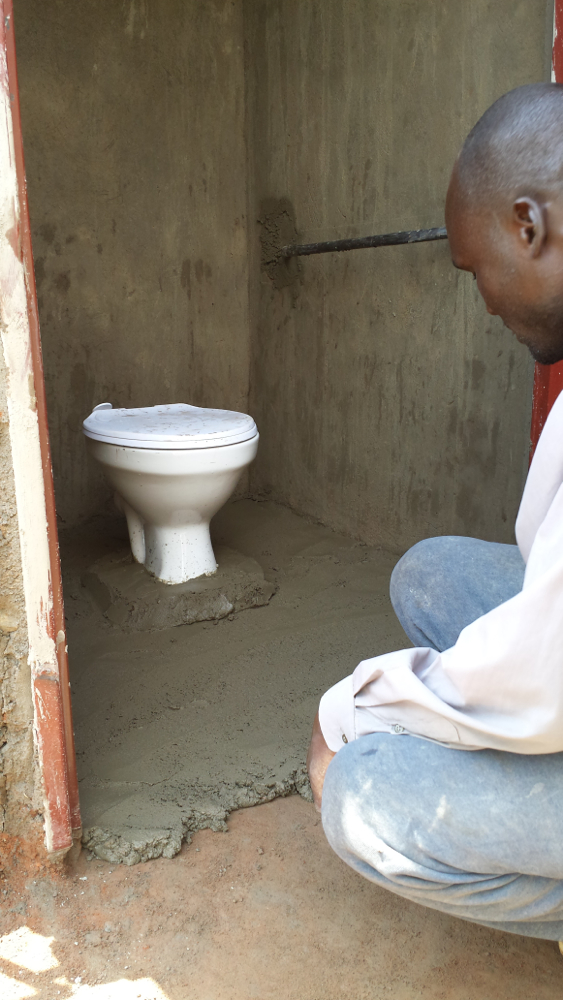
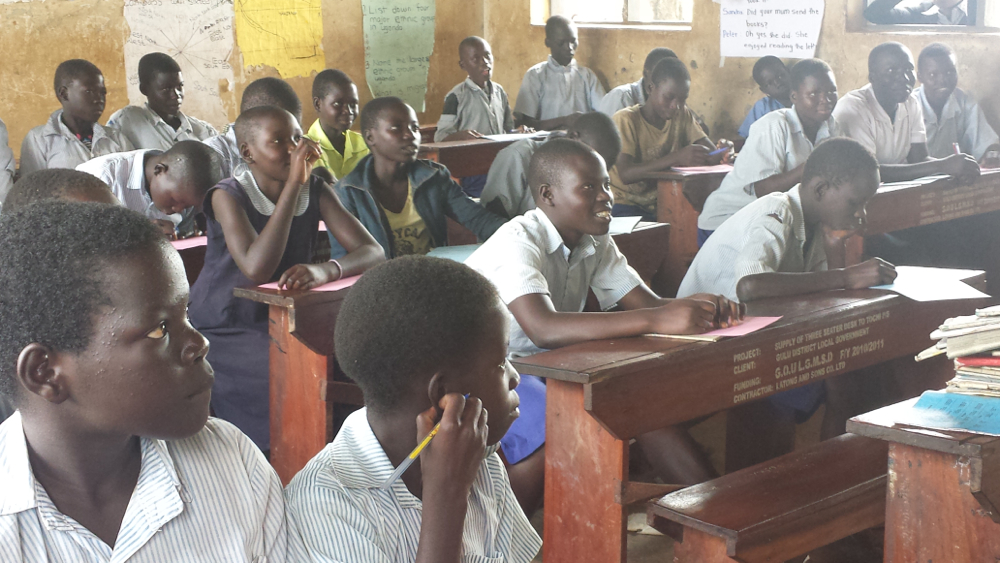
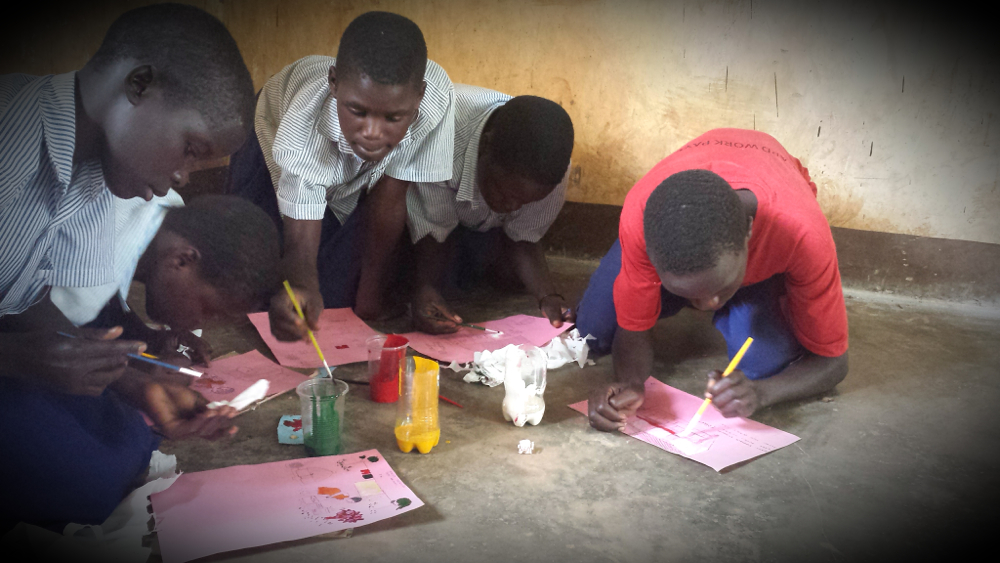
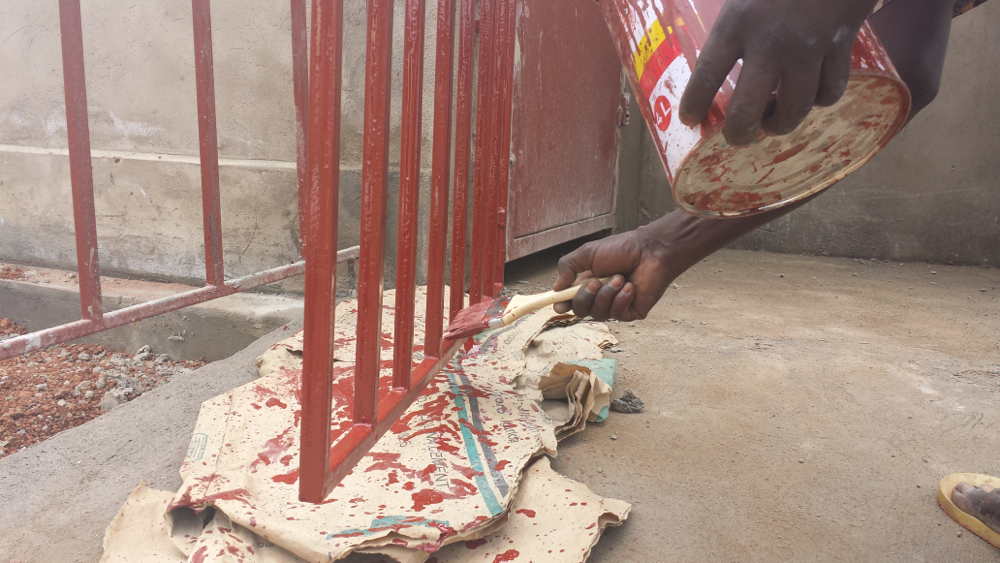
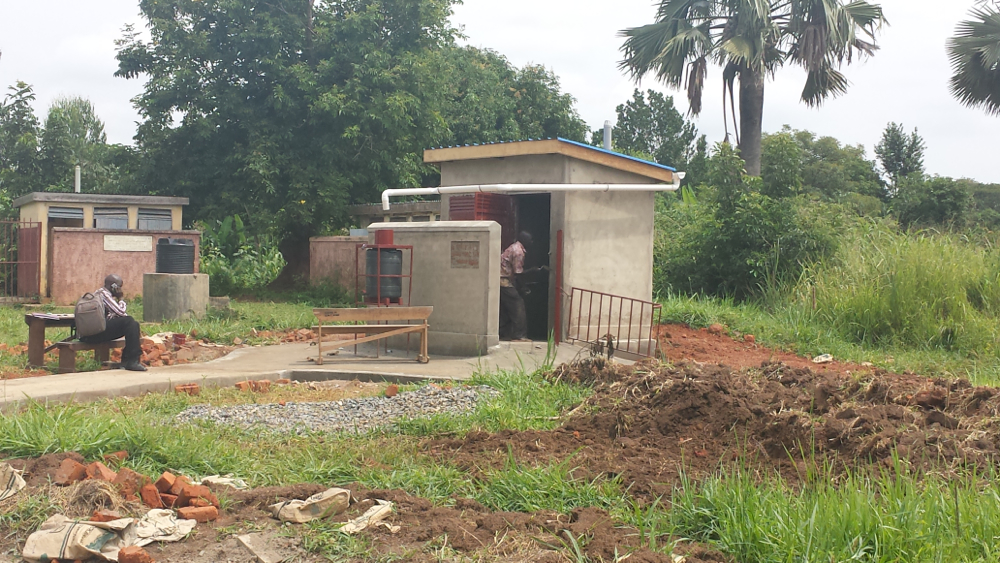
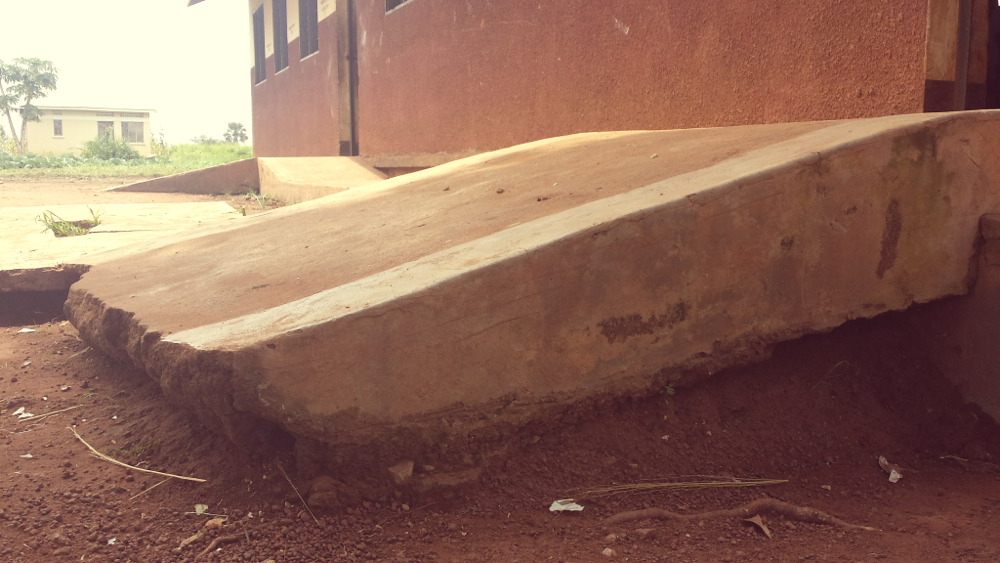
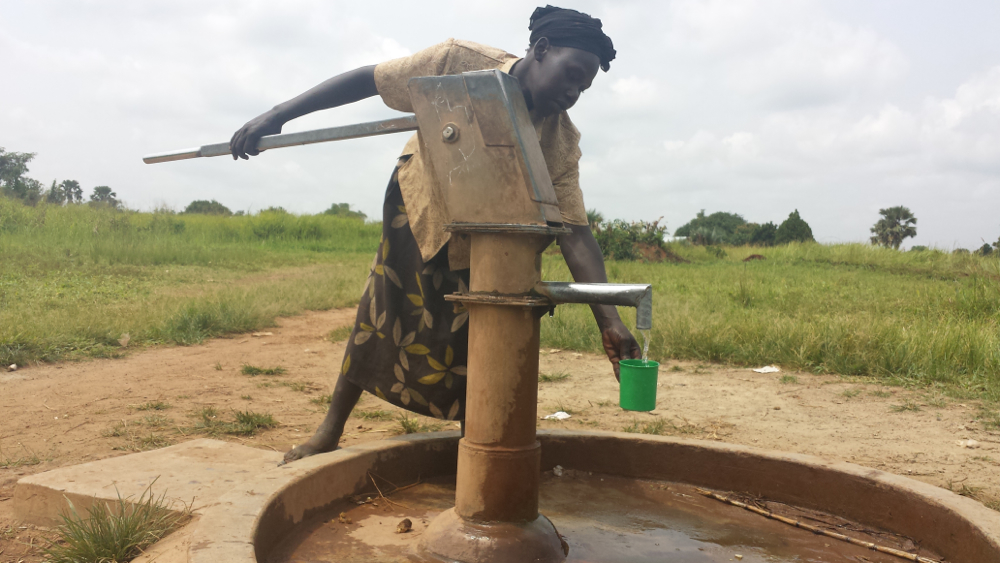
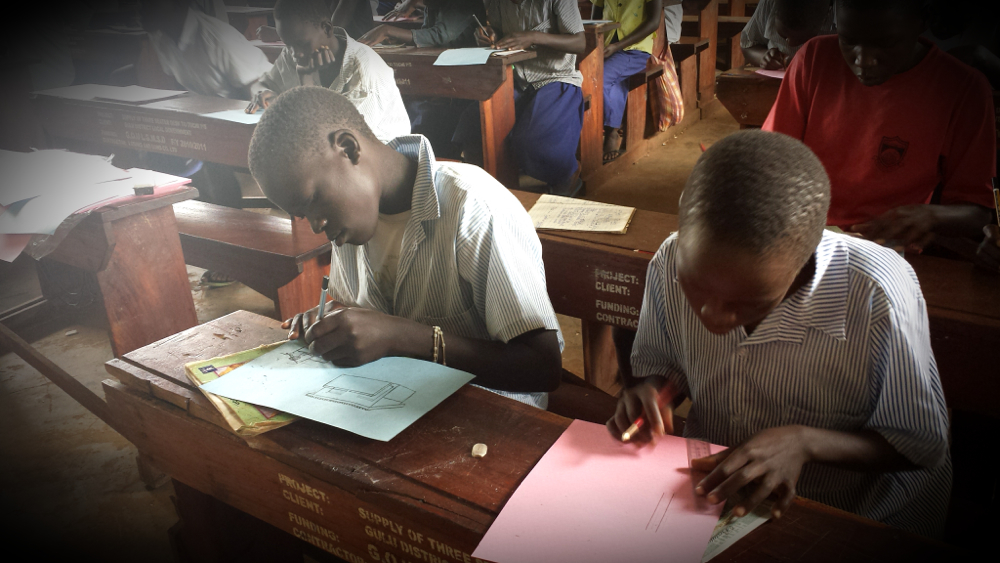
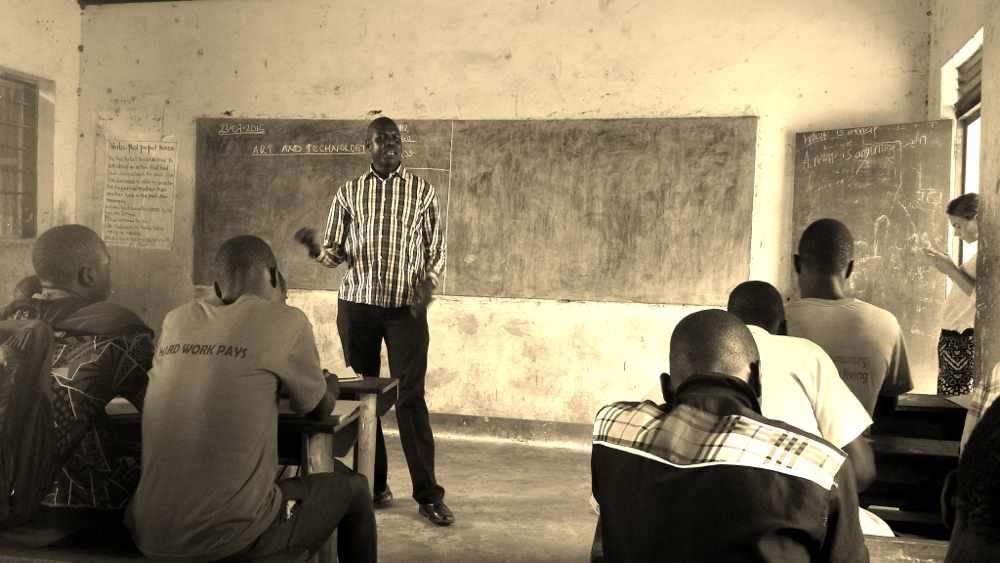
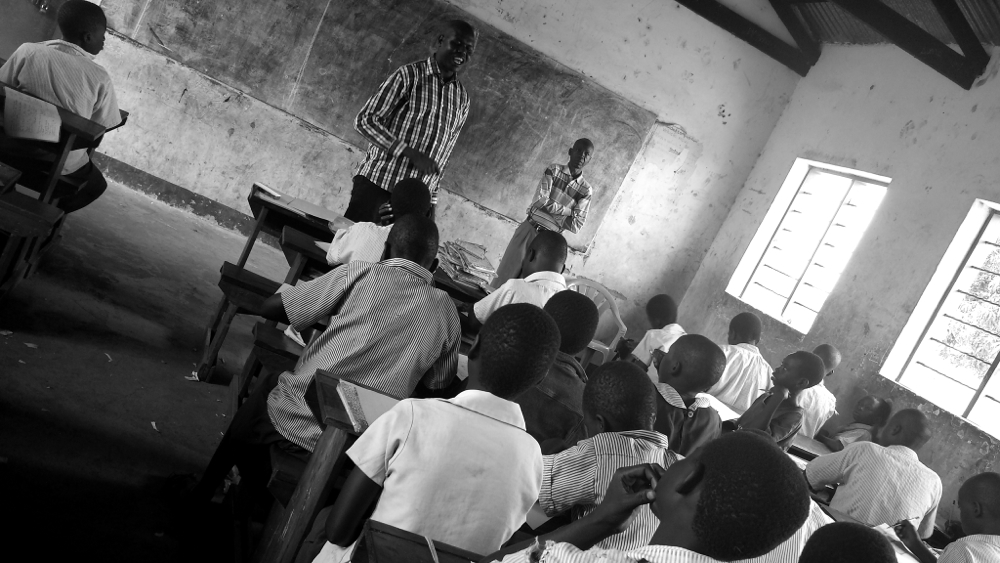
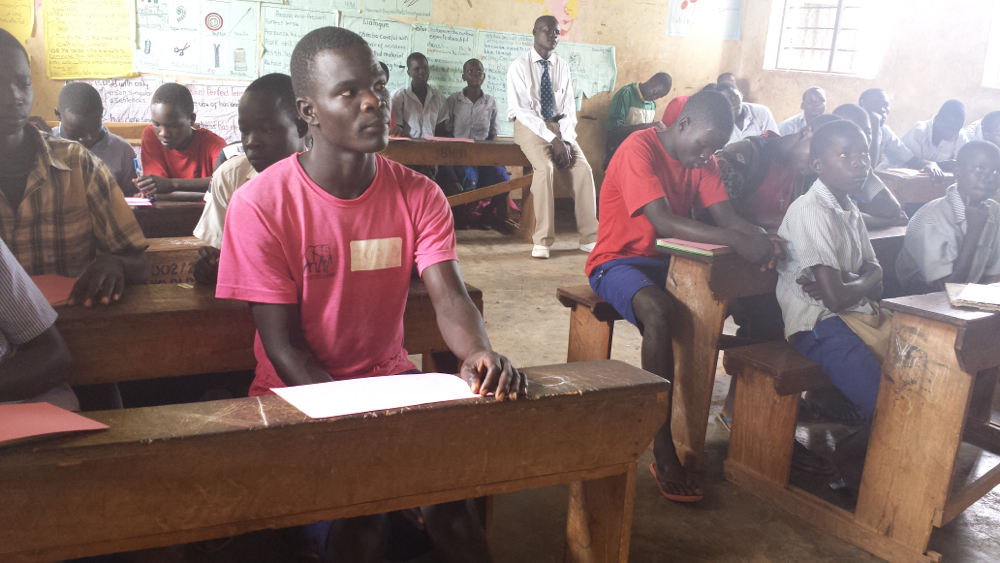
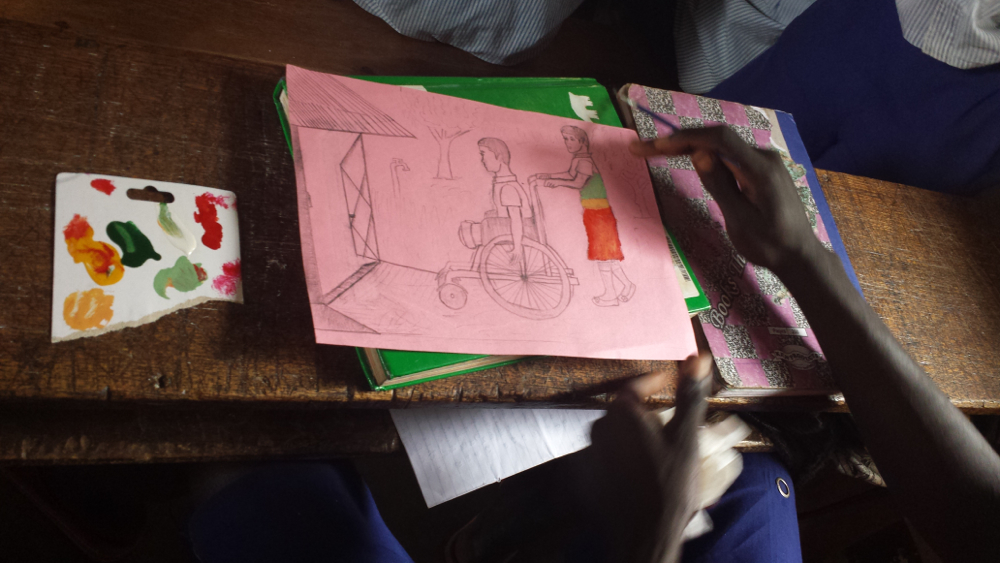
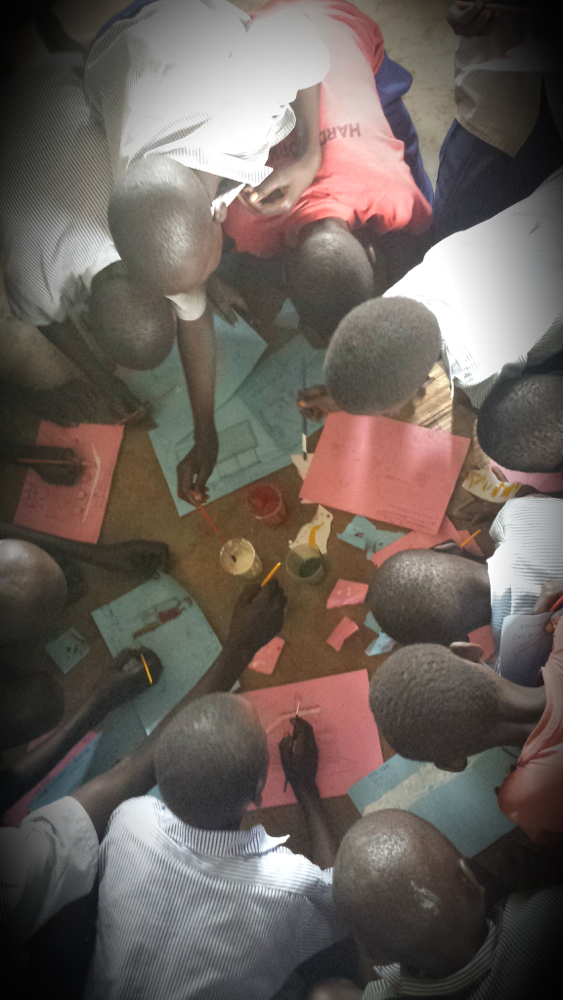
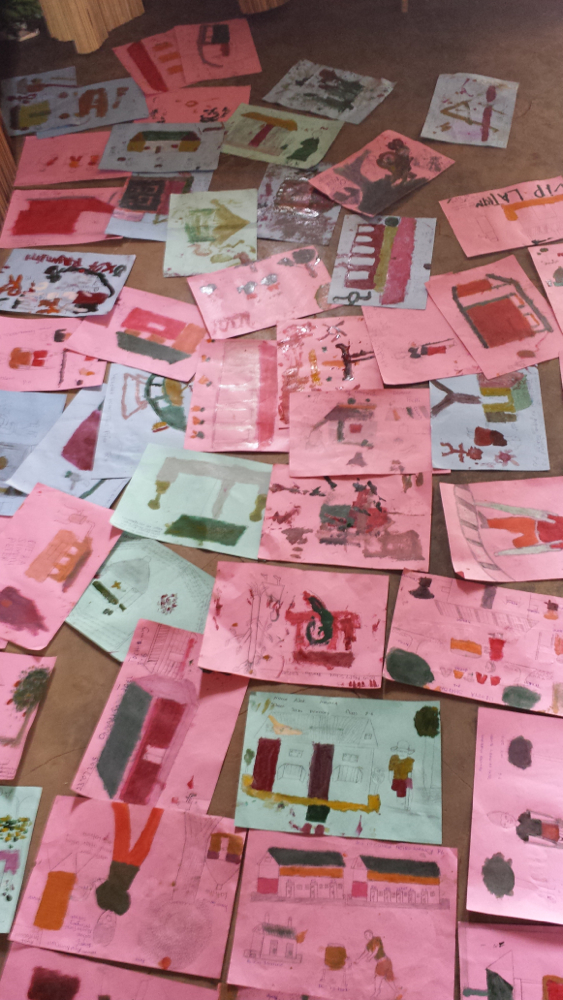
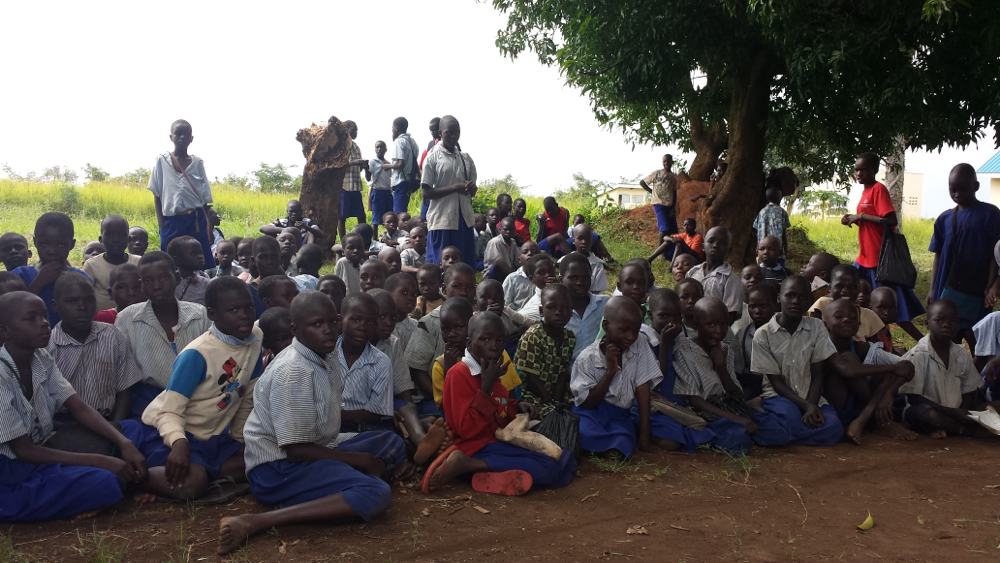
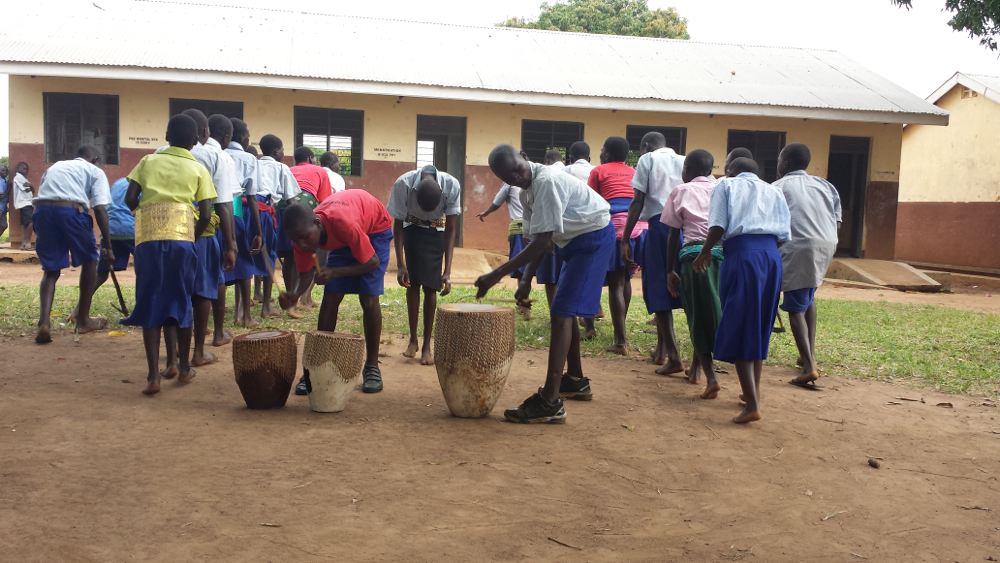
5 Comments
Sarah Reichenbach
July 26, 2015
It’s so amazing how even when nothing goes as we planned, things tend to work out anyway. I’m so inspired by the progress you’ve made in incredibly challenging circumstances. I remember very clearly on our first day of training when we talked about the mural project for the new toilet and it’s so exciting to hear it’s becoming a reality! Keep up the good work, Josh! We’re all rooting for you!
collins
July 27, 2015
The aspect of hygiene is not taken seriously by many people even in town areas. I think this is a very important areas that needs more sensitization and I thank you Josh for the good work you are doing in the north Uganda. I wish you could extend this project to other places as well. Keep it up
Katie Conlon
July 29, 2015
It’s been so awesome to be able to follow this project! You tell such engaging stories about some of these kids and some of the challenges working in this environment. I’ve been talking with staff at PHF about painting murals on the site where we are building a playground and skatepark to encourage kids’ investment into maintaining it. We’re also planning to have some students plant trees around the space. Thanks for the ideas and inspiration!
Alan Levy
July 29, 2015
Josh,
Your description of the events kept me in suspense . Nothing good comes easy and you have clearly and gradually been making a difference in the lives of the people that you have touched.
Linda Nonemaker
July 30, 2015
Your ability to adapt to “the curve ball” shows. That in itself teaches people. Keep up the great work.